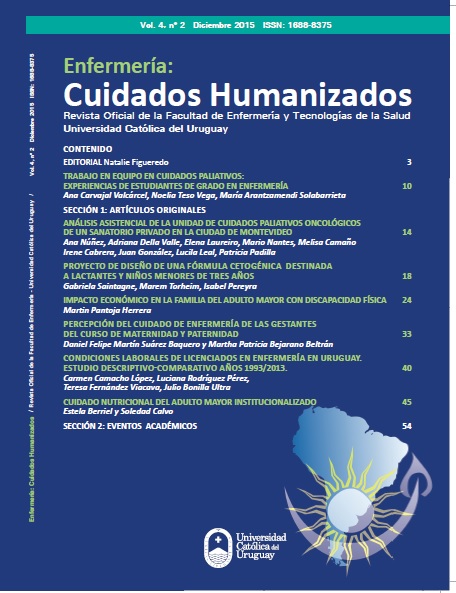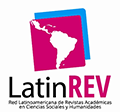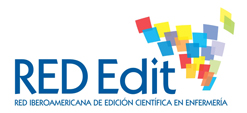WORKING CONDITIONS LICENSED NURSES IN URUGUAY. DESCRIPTIVE-COMPARAT IVE STUDY IN 1993/2013
DOI:
https://doi.org/10.22235/ech.v4i2.889Keywords:
Working Conditions, Nursing Staff, Nursing, Nursing and Workload.Abstract
Human resources in health so far have remained overlooked in most reforms, so that the Pan American Health Organization launched an initiative for better policies for this sector. The Uruguayan reform of the health system management also implemented new tools to work on policies regarding this issue. In order to investigate the changes that occurred in the distribution, employment status and working conditions of the Nursing graduates in the last twenty years, we compared the 1993 and 2013 surveys, in a retrospective descriptive part-comparative study conducted in Montevideo, Uruguay. It was found that this profession remains largely a female choice, although there has been a slight increase in male workers. There was an increasing number of nursing graduates working in the rural areas and also an increase in the amount of them working in the public sector and holding more than one job. Uruguay has not yet reached the first goal of the Pan American Health Organization.
More current data is needed for a more accurate comparison, since the second part of the 2013 survey, which goes more in depth into working conditions, has not yet been released. It would be advisable to research about the reasons to work in more than one job and also the reasons to work in Montevideo in order to develop state policies that meet the needs and problems already identified.
Downloads
References
(1) Universidad de la República. Escuela Universitaria de Enfermería.
Estudiantes de Generación 89. 1er censo nacional enfermería profesional. Montevideo; 1993.
(2) Ministerio de Salud Pública. República Oriental de Uruguay. Primer Censo Nacional de Recursos Humanos en Salud. Desarrollo y presentación de los primeros resultados. Montevideo: MSP; 2010. [Internet] [citado 01 Oct 2015]. Disponible en: http://www.msp.gub.uy/sites/default/files/Libro_Primer_Censo_Nacional_de_RHS_-_versi%C3%B3n_digital.pdf
(3) Novik M, Rosales C. Organización Panamericana de la Salud.
Desafíos de la Gestión de los Recursos Humanos en Salud 2005-2015. Washington: OPS/OMS; 2006. [Internet]. [citado 01 Oct 2015]. Disponible en: http://www.observatoriorh.org/sites/default/files/webfiles/fulltext/
DesafiosGestionHR(esp).pdf
(4) Ministerio de Salud Pública. República Oriental de Uruguay. Sistema Nacional Integrado de Salud. Montevideo: MSP; 2010. [Internet] [citado 01 Oct 2015]. Disponible en: http://www.msp.gub.uy/publicaciones/direcci%C3%B3n-general-del-sistema-nacional-integrado-de-salud/divisi%C3%B3n-recursos-humanos-0
(5) O rganización Panamericana de la Salud. Washington: OPS; 2007. [Internet]. [citado 15 Oct 2015]. Disponible en: http://www.msal.gov.ar/observatorio/images/stories/documentos_institucional/decada%20de%20rhus/3-4-c-resolucion-CSP27.pdf
(6) O rganización Panamericana de la Salud. Washington: OPS; 2011. [Internet]. [citado 15 Oct 2015]. Disponible en: http://www.paho.org/hq/index.php?option=com_docman&task=doc_view&gid=10509&Itemid=
(7) Ministerio de Salud Pública. República Oriental de Uruguay.
Conceptos para la elaboración de estrategias de desarrollo de los RHS como base para el logro de la Cobertura Sanitaria Universal. Montevideo: MSP; 2013. [Internet] [citado 01 Oct 2015]. Disponible en: www2.msp.gub.uy/andocasociado.aspx?8474,26907
(8) Ministerio de Salud Pública. Comisión Nacional Asesora de Enfermería, División RRHH del SNIS. Montevideo: MSP; 2013. [Internet] [citado 01 Set 2015]. Disponible en: www.observatoriorh.org/uruguay/?q=node/38
Downloads
Published
How to Cite
Issue
Section
License
Copyright (c) 2015 Enfermería: Cuidados Humanizados

This work is licensed under a Creative Commons Attribution 4.0 International License.

















